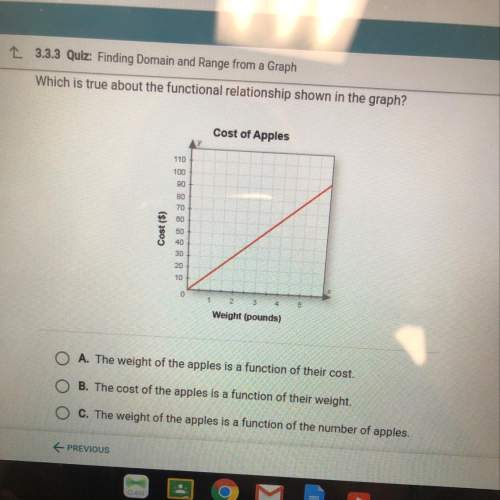Label each study as either an observational study, an experiment, or neither.
Many paren...

Mathematics, 23.04.2020 21:37 theldunn
Label each study as either an observational study, an experiment, or neither.
Many parents have expressed concerns that pertussis vaccinations will cause wheezing disorders or asthma in later life. In 2009 the Journal of the American Academy of Pediatrics published research by the Institute of Social and Preventive Medicine in Bern, Switzerland. The researchers wanted to determine if routine childhood vaccination against pertussis (whooping cough) was associated with subsequent development of childhood wheezing disorders and asthma. The researchers studied 6811 children from the general population born between 1993 and 1997 in Leicestershire, UK. From birth through 2003, they conducted repeated questionnaire surveys about wheeze and asthma and then linked the respiratory symptom data to independently collected vaccination data from the National Health Service database. Then the researchers compared wheeze and asthma incidents for children of three different levels of vaccination (complete, partial, and no vaccination). The analyses were based on 6,048 children with available vaccination records.
1. observational study2. an experiment3. neither

Answers: 1


Other questions on the subject: Mathematics

Mathematics, 21.06.2019 16:20, jennyferluna0216
Refer to interactive solution 17.45 to review a method by which this problem can be solved. the fundamental frequencies of two air columns are the same. column a is open at both ends, while column b is open at only one end. the length of column a is 0.504 m. what is the length of column b?
Answers: 1


You know the right answer?
Questions in other subjects:






Health, 21.04.2020 20:23







